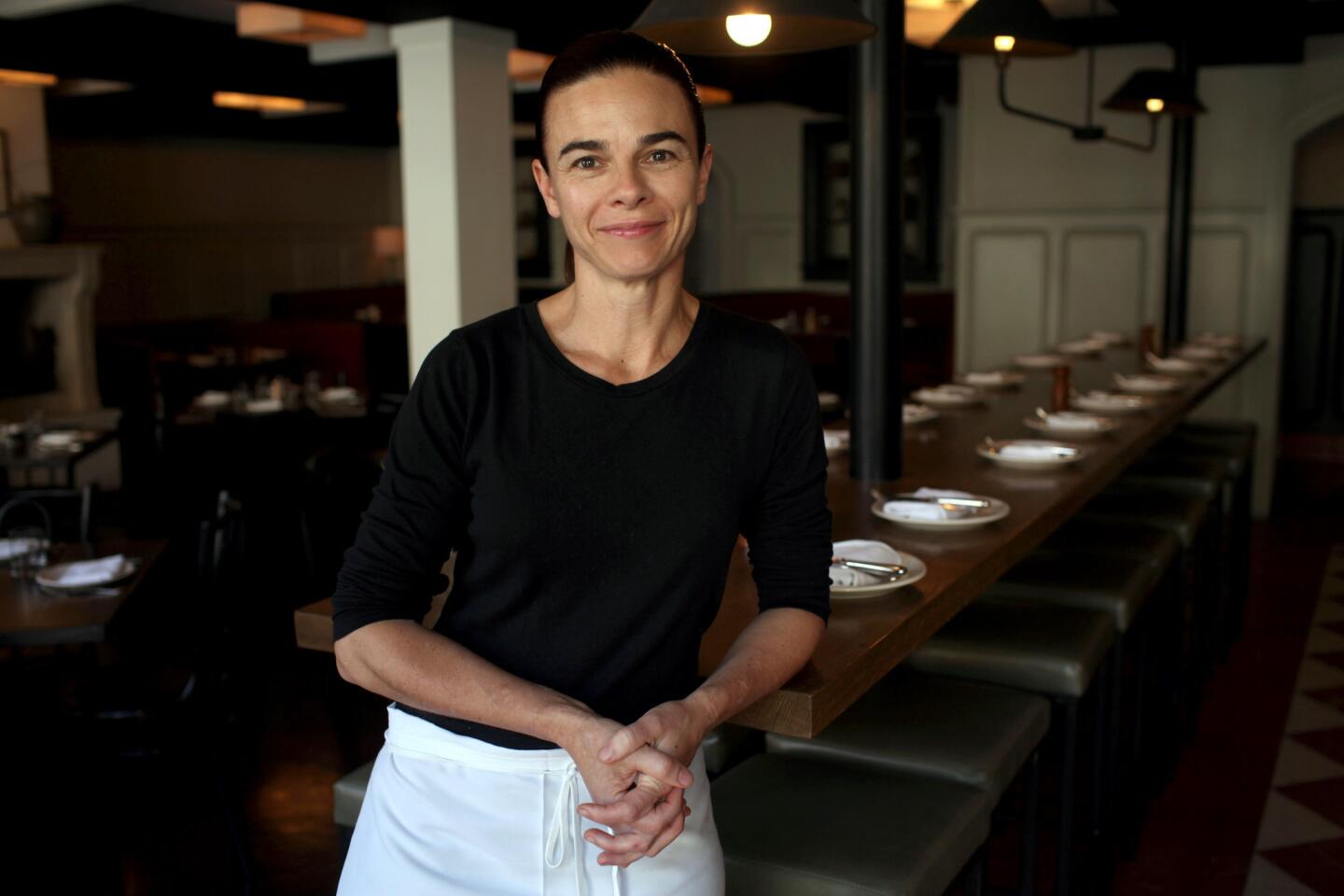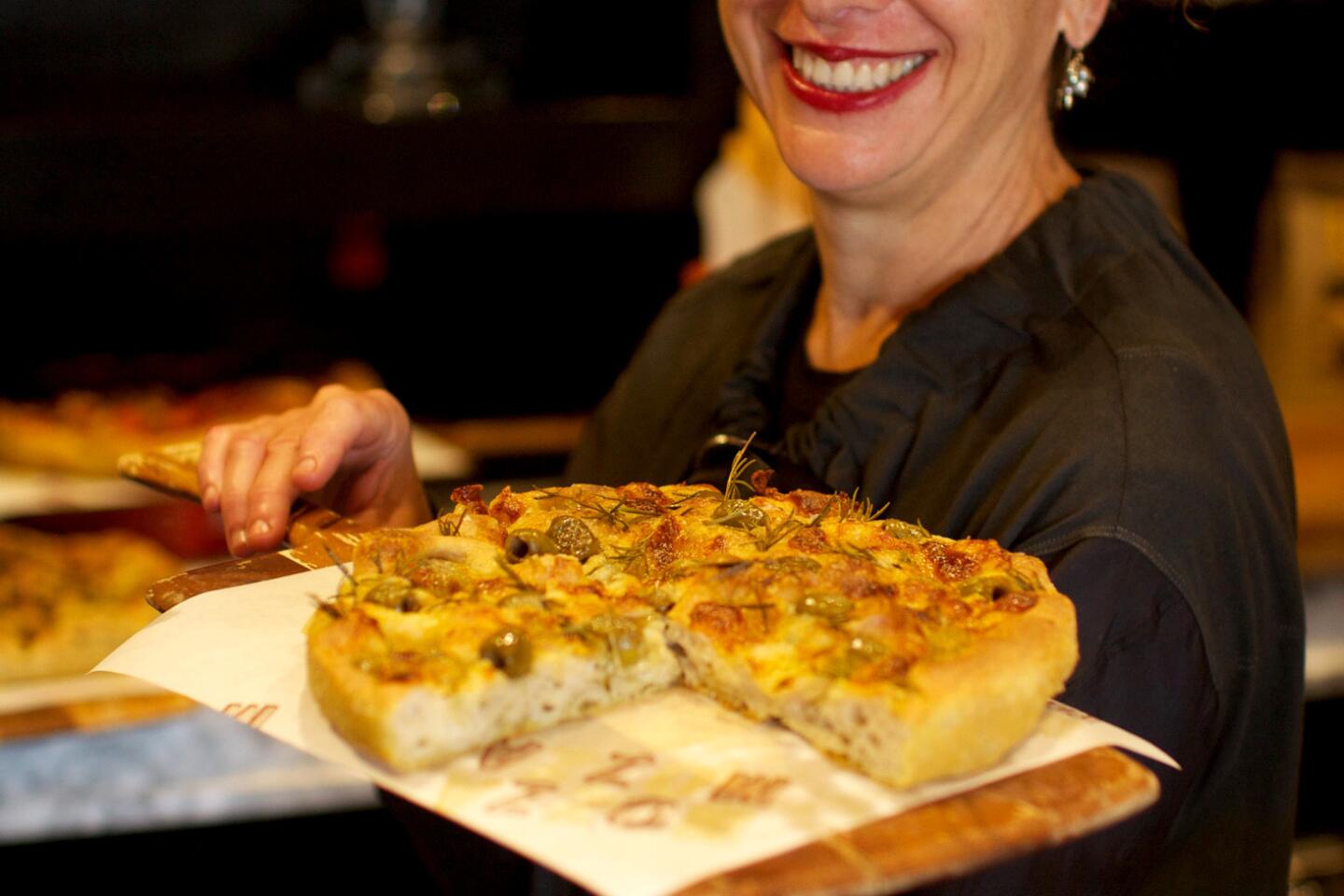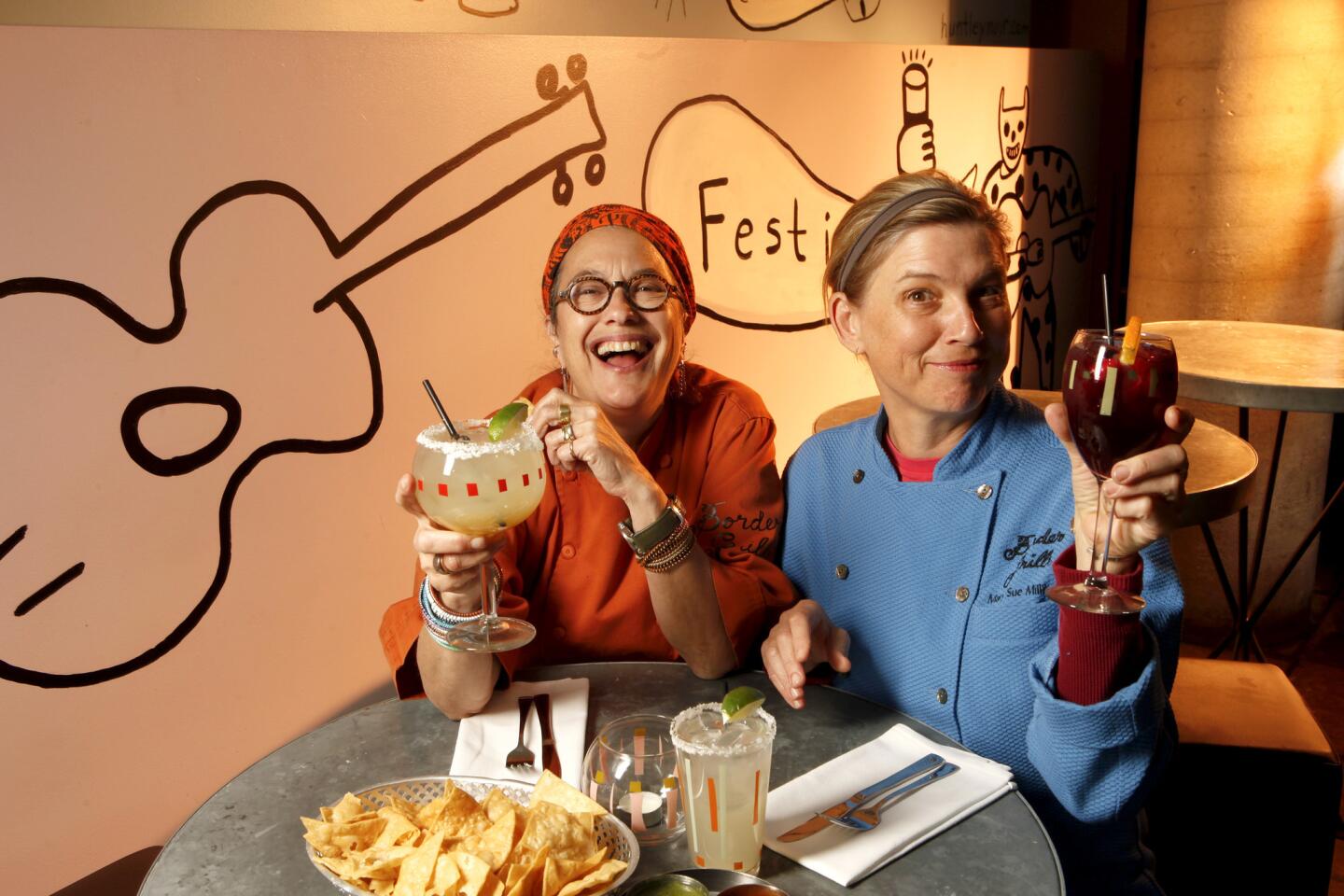Goddesses of food: Californiaâs female chefs who paved the way
With all of the hullabaloo about the absence of female chefs in Time magazineâs recent boy-crazy cover story on Food Gods, we thought it might be time to remind readers of just how welcoming California always has been to women in the kitchen.
The controversy arose because of the absence of women chefs. Featured on the cover were Brazilian Alex Atala, New Yorkâs David Chang and Danish Rene Redzepi. Great chefs all, and path-breaking. But where were the women cooks?
It didnât get much better on the inside, where the only women on the expanded list of 13 Gods of Food were an anti-GMO activist, a coffee grower and the bureaucrats in charge of Indiaâs dairy distribution and the United Nations World Food Programme. Not a cook among them.
Hereâs a sampler of some of our favorite West Coast Food Goddesses. This is not meant to be a comprehensive list of every talented woman chef, or even every important woman chef, but the pioneers who paved the way.
Alice Waters: Of course, the mother of us all. Though Waters is probably more accurately described as a restaurateur than a chef, itâs her culinary sensibility at Berkeleyâs Chez Panisse that, maybe more than anyone else, has shaped the way we cook, eat and think about food today.
Nancy Silverton: First she redefined the bread we ate; now sheâs doing the same for pizza. Founding La Brea Bakery would be a career achievement for most chefs, but Silverton was also the founding pastry chef at Wolfgang Puckâs Spago, the co-creator of Campanile with her then-husband Mark Peel, and now runs the sprawling Mozza-plex of restaurants.
Judy Rodgers: The chef and owner of San Francisco legend Zuni Café, Rodgers has weathered the storms of food fashion and today serves a menu that is if not identical to, would certainly be recognizable as being in the same spirit as when she started there in 1987. [UPDATED: An earlier version of this story misspelled Rodgersâ last name]
Suzanne Goin: Goin has been working at landmark restaurants in Los Angeles since she was a child â literally. While attending Marlborough School, she worked the line at Ma Maison under Puck. She worked with Silverton and Peel at Campanile and founded Lucques with Caroline Styne in 1998. That was followed by AOC, then Tavern, then the various Larders and, by the way, she helps run husband David Lentzâs three Hungry Cats.
Joyce Goldstein: Until Goldsteinâs Square One in San Francisco came along in 1984, most Californiansâ definition of Mediterranean cooking was limited to Southern France and Italy. The former cooking teacher changed that by featuring the foods of Turkey, Greece, Spain, the Middle East and North Africa â often on the same menu.
Mary Sue Milliken and Susan Feniger: Always one â or maybe more â steps ahead of the rest of the food world, Milliken and Feniger started introducing upscale Mexican food at City Cafe in 1981, introduced world dining in a fine setting with City a couple years later, got out ahead of the new-wave Mexican crowd with Border Grill in 1985 and were two of the first presenters on the Food Network in the mid-â90s.
Nancy Oakes: When Oakes opened Boulevard in San Francisco in 1993, she broke the straight jacket âquaint little bistroâ stereotype of the kind of restaurants women chefs ran. Ornate and full of belle époque detail, Boulevard is fine dining at its most refined and polished.
Evan Kleiman: Today Kleiman is known mainly for being host of KCRWâs âGood Foodâ radio show and the earth mother of the Southern California food scene. But back in 1984 when she opened Angeli Caffe, it was truly revolutionary â a place that served the kind of relaxed, simple, delicious Italian food you might actually find in a countryside trattoria.
Barbara Tropp: Though her name may not be as familiar to diners today as some of the others, Tropp was a major figure in the Bay Area food world, before she died in 2001. Doing postdoctoral work in Taiwan, she became fascinated by Chinese food; when she returned to San Francisco, she collected what she had learned in the cookbook âThe Modern Art of Chinese Cookingâ and then opened China Moon Café a couple of years later, bringing a Californian ingredients-focused perspective to Chinese cooking.
ALSO:
Chef of the moment Pascal Achcar
Sing along with Wine Spectatorâs Top 100
Taking food photos may hamper your enjoyment
More to Read
Eat your way across L.A.
Get our weekly Tasting Notes newsletter for reviews, news and more.
You may occasionally receive promotional content from the Los Angeles Times.














